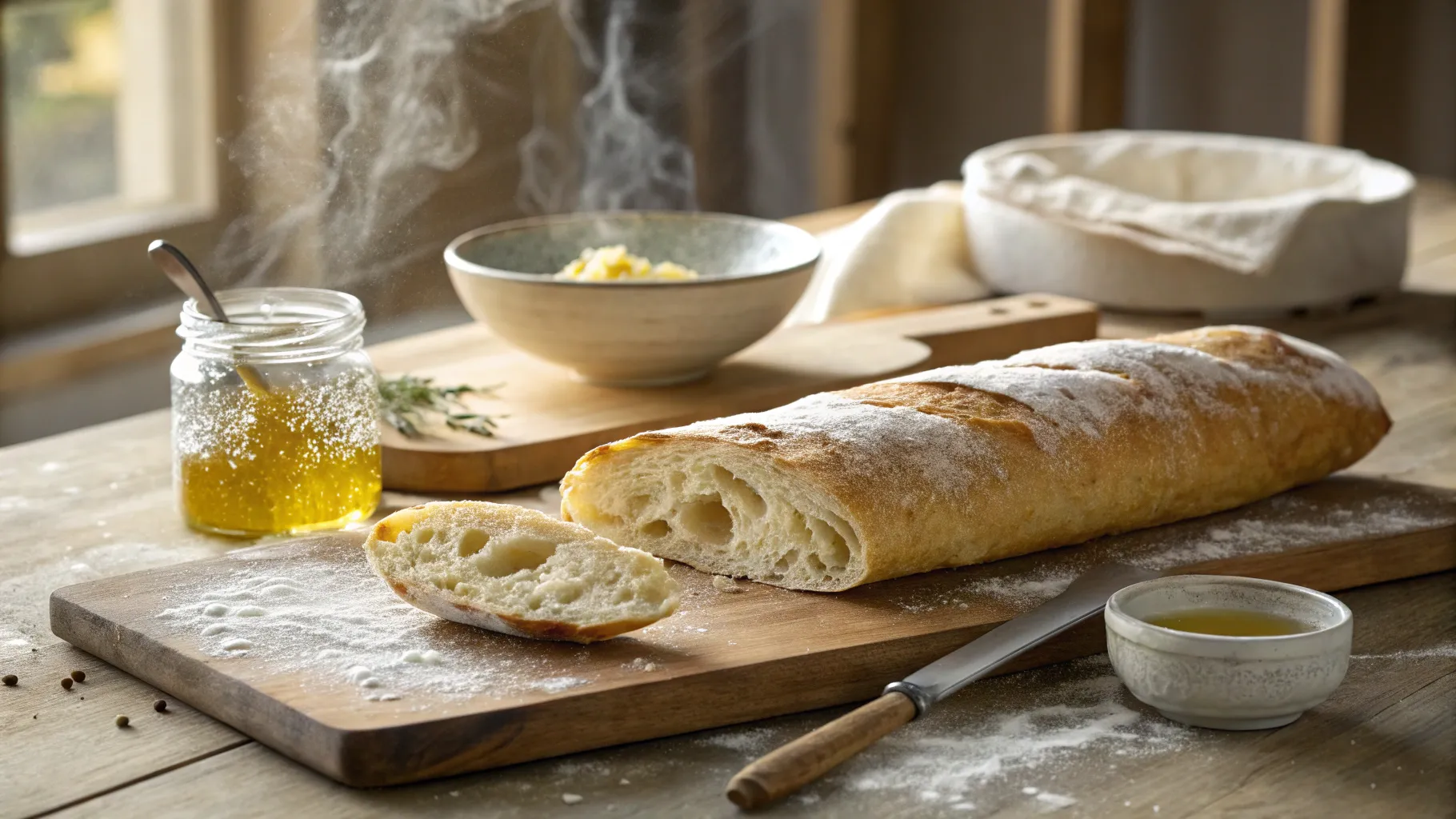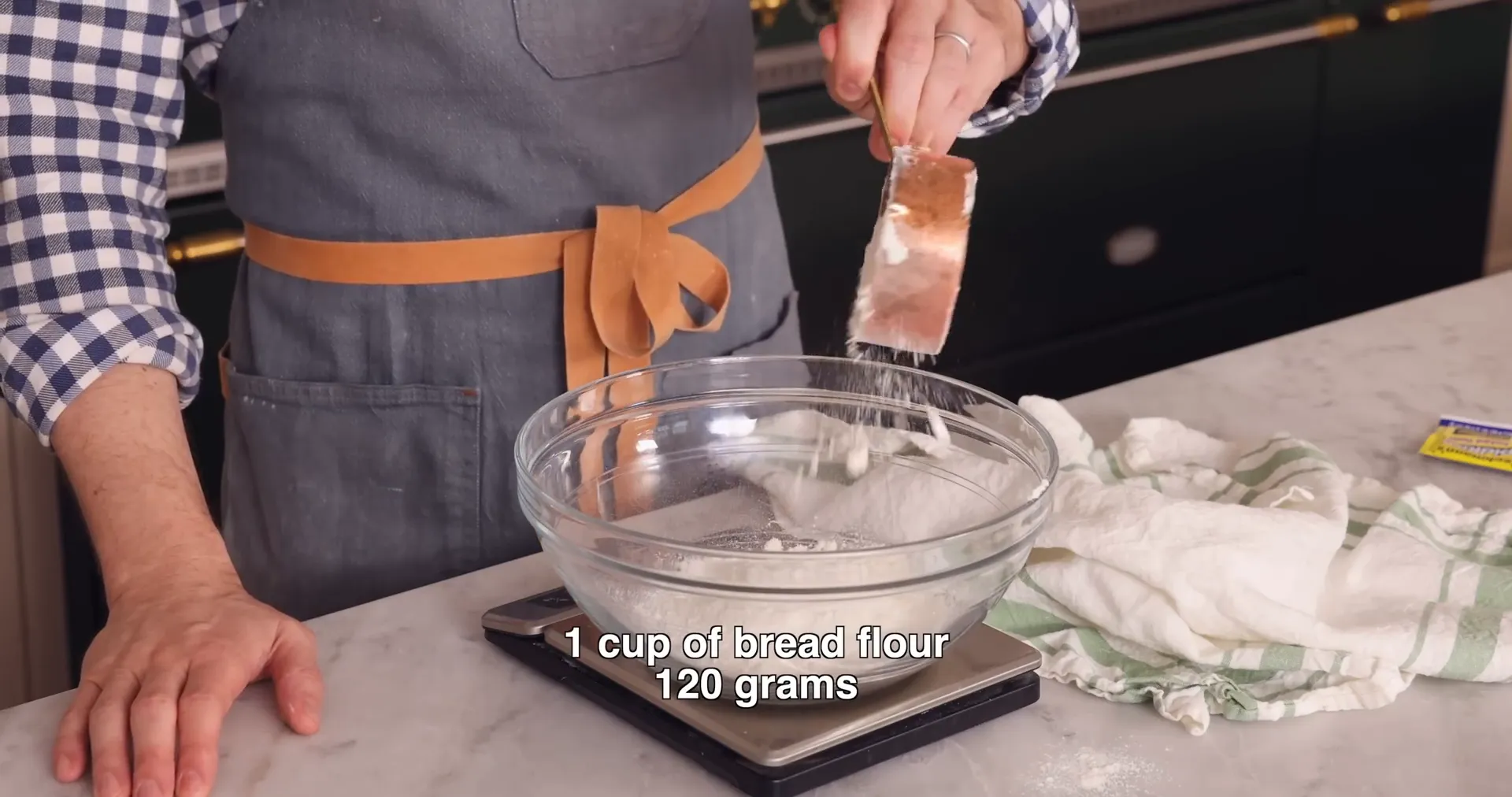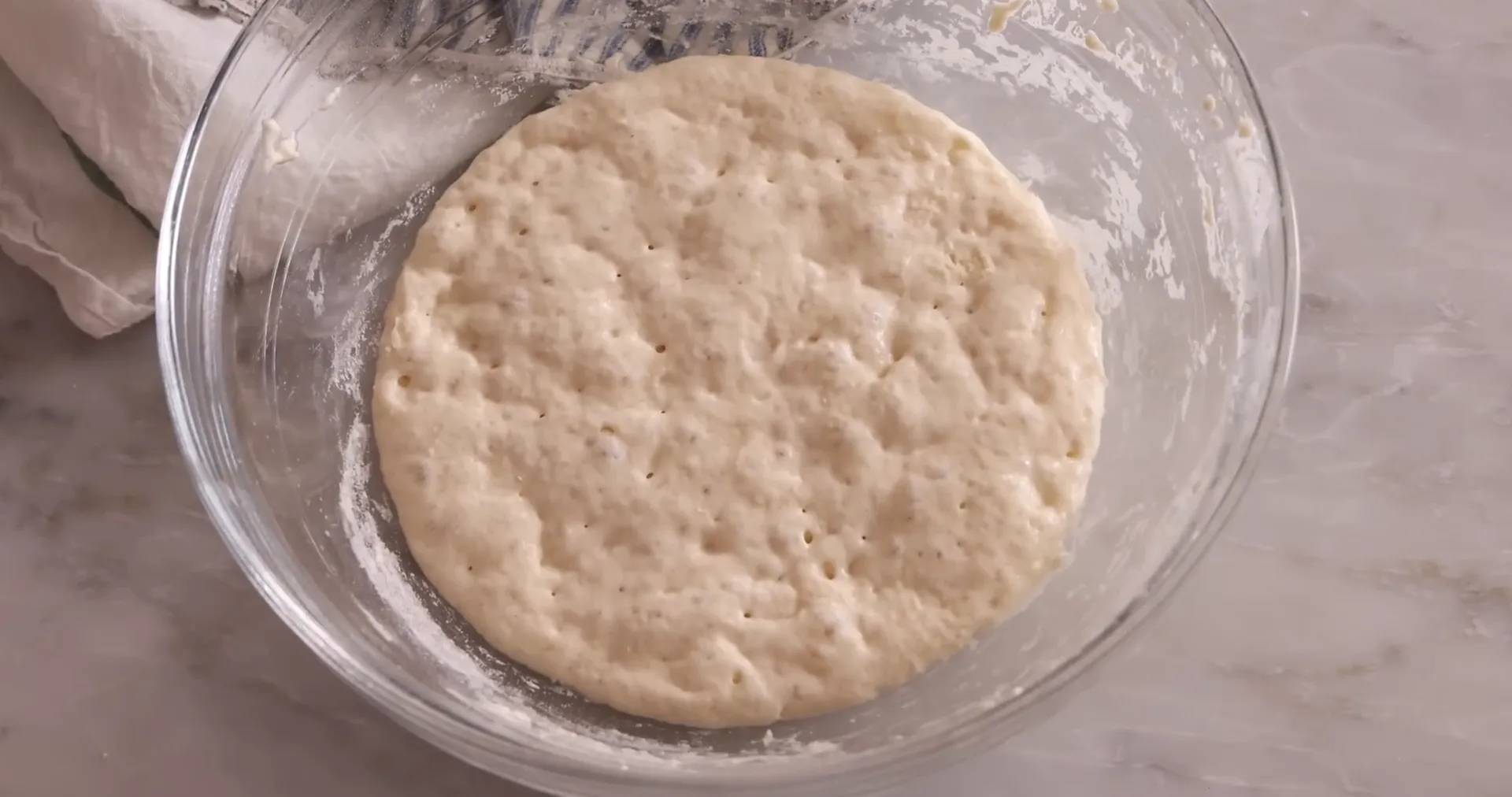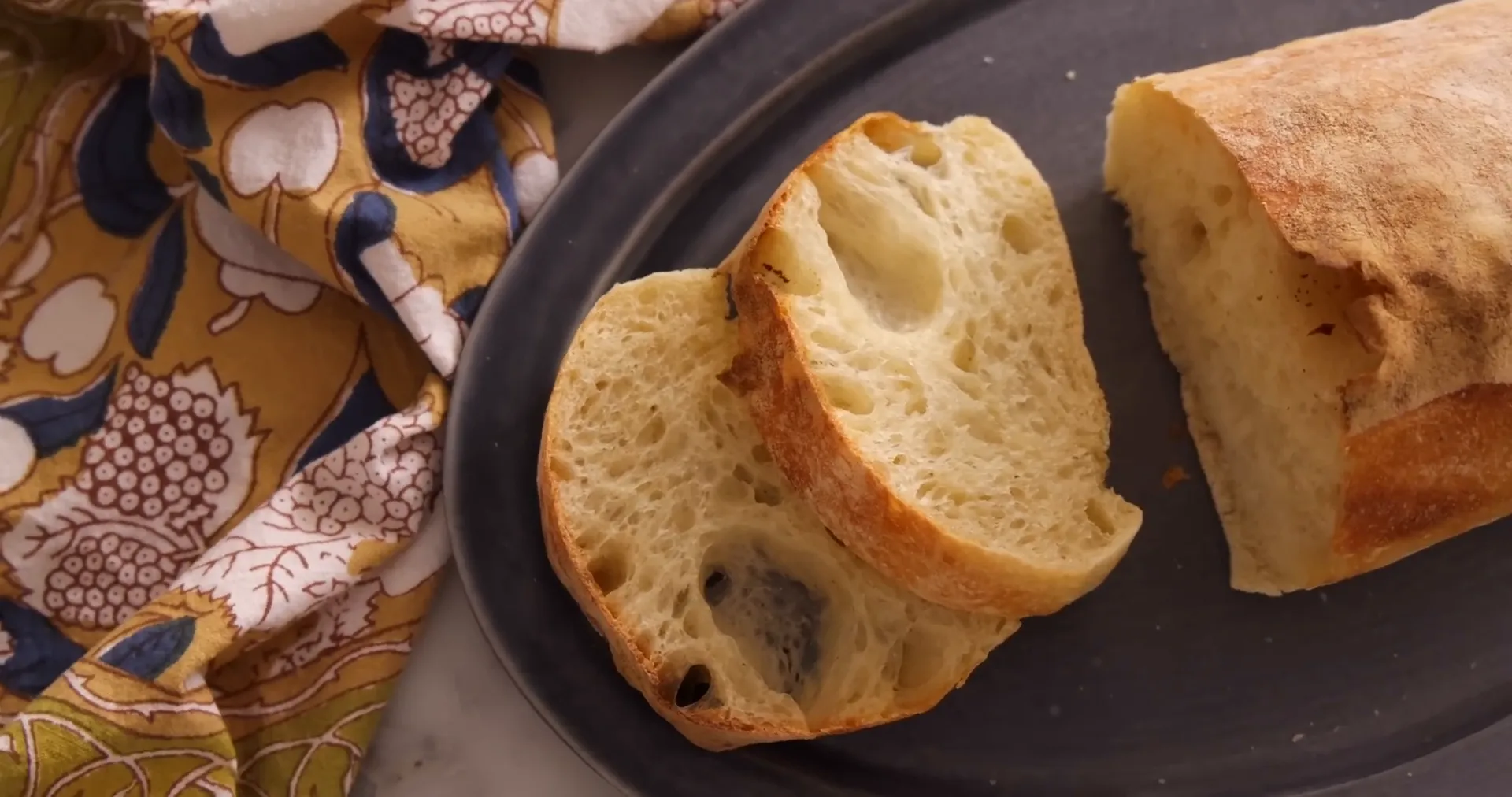
John Kanell of Preppy Kitchen shares a joyful, foolproof approach to homemade ciabatta that will delight anyone who loves rustic bread. This guide walks through the entire process — from a bubbly preferment to a steamy, golden bake — and keeps the focus on simple techniques, clear timings, and tasty results. Enjoy this approachable ciabatta recipe that pairs perfectly with sandwiches or just butter and salt, all while celebrating cooking, recipes, bon apetit.

Why this ciabatta works
This ciabatta relies on time and gentle handling rather than heavy kneading. The method uses a sponge (preferment) for extra flavor, a series of stretch-and-folds to build structure, and a cold overnight fermentation to develop aroma and an open crumb. The result: a light, airy interior with a crisp, crackling crust — true comfort in every slice and a lovely example of cooking, recipes, bon apetit.
Ingredients (yields two ciabatta loaves)
- For the sponge (preferment): 1 cup bread flour (120 g), 1/2 tsp instant yeast, 1/2 cup warm water (85–90°F)
- For the dough: 2 2/3 cups bread flour (320 g), 1 tbsp olive oil, 2 tsp salt, 1/2 tsp instant yeast, 1 cup warm water (85–90°F)
- Extra flour for dusting, parchment paper, and 1 cup ice for steam in the oven

Step-by-step method
1. Make the sponge
Whisk the sponge ingredients together until combined into a slurry. Cover and let rest in a warm spot for 3–3½ hours, or until very bubbly. This gentle preferment builds flavor and helps create the ciabatta’s open crumb.
2. Combine the dough
Add the remaining flour, yeast, olive oil, salt, and warm water to the bubbly sponge. Mix with a spatula until a shaggy dough forms — it should look rough and uneven, not tidy. Cover and rest 30 minutes.
3. Stretch and fold (builds structure)
With wet hands, perform eight stretch-and-folds: grab one side, stretch and fold over, rotate 90°, repeat. Let the dough relax 30 minutes and repeat this cycle three times (eight stretches each time). This is the gentle way to knead ciabatta — it strengthens the dough while preserving air pockets.

4. Cold fermentation
After the final stretch-and-fold, transfer the dough to a lightly oiled bowl, cover, and refrigerate for 8–24 hours. The slow, cold ferment deepens flavor and creates more pronounced bubbles.
5. Shape and final rise
Bring the dough to room temperature (about 1 hour on the counter). Generously flour the work surface, gently pat the dough into a 6×12" rectangle, fold like a book, then stretch to 6×10". Pinch seams and cut lengthwise to form two loaves or smaller sandwich rolls. Transfer to a flat, rimless baking sheet lined with parchment and let proof 2–2½ hours until puffy and bubbly.
6. Bake with steam
Preheat the oven to 475°F with a pizza stone or an inverted baking sheet on the top rack and a 10" ovenproof skillet on the bottom rack. Slide the loaves (on parchment) onto the hot stone/steel, quickly add 1 cup ice to the skillet and close the oven to trap steam. Bake 13–15 minutes until deep golden and the internal temperature reaches about 200°F. Transfer to a rack to cool slightly before slicing.
Helpful tips and troubleshooting
- Use a scale: Scooping flour leads to dense bread. Measure by weight for consistent results — a small change in flour matters.
- Wet hands for handling: Prevents sticking during stretch-and-fold and shaping.
- Parchment + flat pan: Bake the loaves on parchment on a flat, rimless sheet so the crust can form evenly.
- Steam matters: Adding ice to the skillet creates a humid oven that promotes a glossy, crisp crust.
- Timing flexibility: Cold-fermentation can be 8–24 hours depending on schedule; longer gives more flavor.

Final thoughts
This ciabatta is a joyful example of how patience and a few simple techniques can transform basic ingredients into something special. Whether used for sandwiches or enjoyed plain, the final loaves showcase a soft, hydrated interior and a crunchy shell that celebrates cooking, recipes, bon apetit. Try it once and the method will become a favorite go-to for homemade rustic bread.
This article was created from the video Homemade Ciabatta Bread Recipe with the help of AI.
Homemade Ciabatta Bread Recipe — cooking, recipes, bon apetit. There are any Homemade Ciabatta Bread Recipe — cooking, recipes, bon apetit in here.
